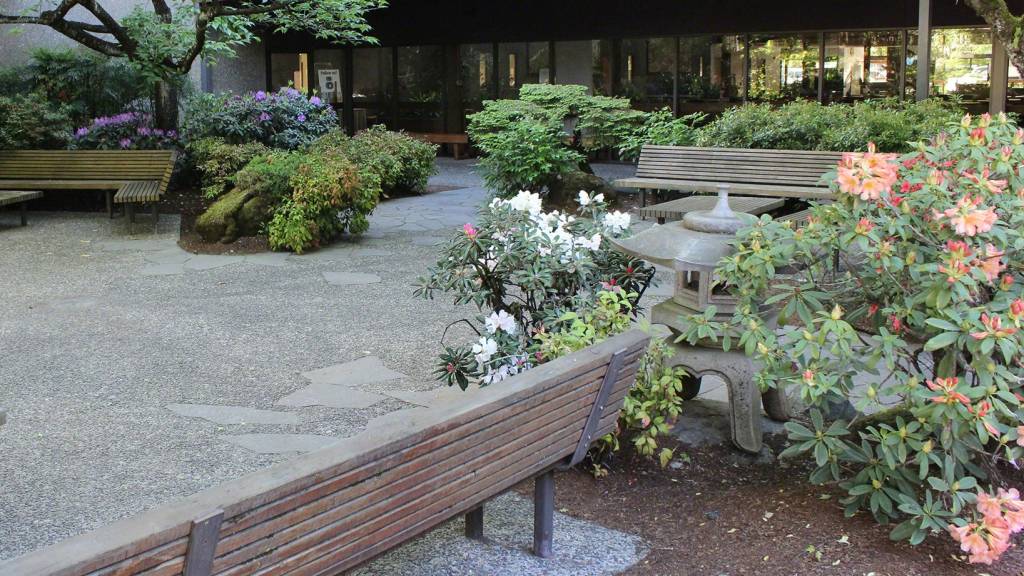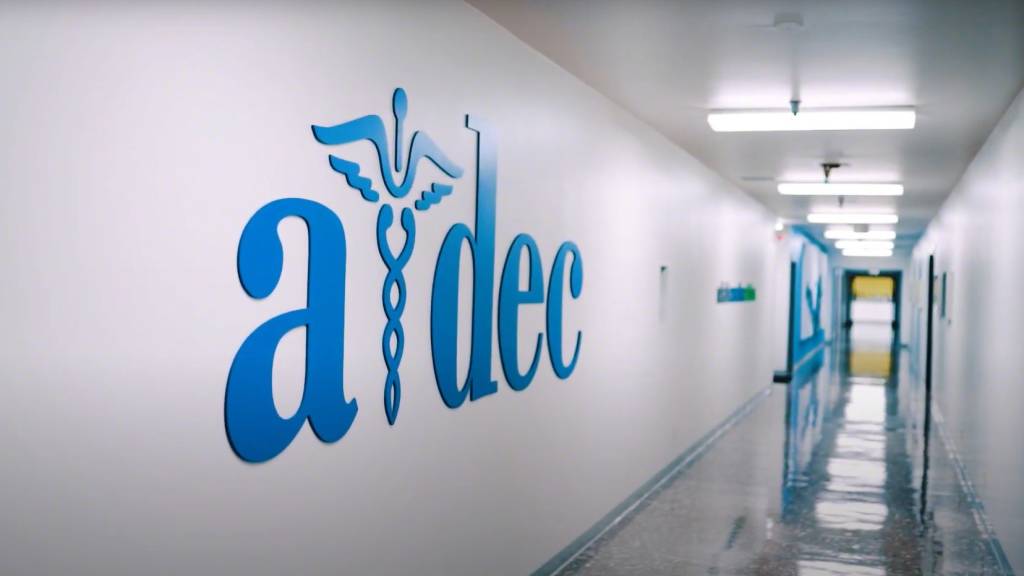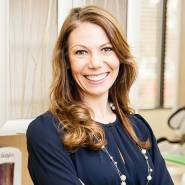Designing Spaces That Give People Options and Agency
A global people and operations leader shares how work has shifted and its impact on the workplace.
The shift to hybrid work is changing the way leaders think about the workplace and the need to build community within their organizations. As more people return to the office, new expectations and ways of working require a different approach.
Dr. Tracy Brower, vice president, Workplace Insights at Steelcase, spoke with Mariah Robbins, vice president, Global People and Operations at A-dec, a leading dental office furniture and equipment manufacturer, about what they’re doing to create a better work experience for their people. An author and Doctor of Philosophy, Robbins has a background in recruitment and retention and has worked on several organizational development projects for Fortune 500 companies.
Dr. Tracy Brower: How has your perspective on the work experience shifted over the last couple years?
Mariah Robbins: I think it was starting to shift even pre-pandemic. A-dec went through a major reorganization in January 2020. We were putting teams together who were focused on a project or program. We were thinking about how teams gather, influence and interact with each other even prior to the pandemic.
Since COVID, we have been thinking more than ever about how we can create systems and processes to cultivate real connections. Hallway conversations, team meetings, and one on ones that used to happen organically are not as frequent, so we need to think about how we are structuring our teams and creating mentorship and development programs in a distributed workforce. We are creating ways people can collaborate around interests, whether it’s women in tech or women in leadership or parent groups. We want to make sure we are developing a diverse talent pool where people do not get left behind.

TB: In what ways have your employees’ expectations changed?
MR: External and environmental factors are driving shifts in expectations. Employees want and need flexibility, so we are focusing on how we can design an organization, role or space that fits employee and individual needs. We want people to come together on the things they value. We have always had a very strong culture and we are really working on creating an environment where people can come together. We are putting together volunteer activities and family days for employees to connect with their teams.
Employees expect more communication, so we have been doing a lot of listening. They need and want us to understand their needs as an employee. They also expect a superior employee experience — we have always taken pride in a strong culture and superior customer experience but now we are really working toward creating a strong employee experience and figuring out what that means.

TB: How are you using collaboration spaces in your office to create a superior experience for your employees?
MR: We are trying to create workspaces that match the behavior, culture and brand experience employees want. For example, if the employee is a single mom and has a long commute, we will find ways to allow flexibility and create a remote or hybrid work experience for them that still has value and connection. And the way we can create that is through space.
We have three different modes of work that we’re working towards. The first is completely remote with the expectation that employees only come on site once a quarter. We are still trying to understand what that could look like. The second is for manufacturing that must be done completely on site, and so employees must be in person. And then, we have hybrid, but we have found there is a strong variation with what people want. There is a hybrid where people want a drop-in space and may not want a dedicated workspace. They may want a lab space, but also a collaboration space. For hybrid employees who are primarily at home, when they come to the office, they need to know how to pick a workspace in the office. We also have employees who want a dedicated space or even closed-door office while at work.
It is not traditional anymore, it is about picking and having the correct space for your day and your job. Now more than ever it is about inviting people back into an environment they want to see.
We are on the front end of designing that for our employees. We have a long way to go; we are focused on hearing the employee, listening to their needs and then designing spaces where they have agency and options. The need for choice and the need for flexibility are driving us.
TB: How will you support different kinds of collaboration and new expectations around working together?
MR: This is one of my main learnings from Steelcase. We say we are collaborative and innovative yet before the pandemic we had all these cubicles and did not have effective collaboration spaces. Now we are designing our spaces around collaborative work and making it our brand promise. We are saying “Ok, this is our future and our identity.” It’s ambitious, but we still have buildings with cubicles, and we need it to evolve over time. We are really trying to align all our spaces to match our brand promise.
TB: What are you doing to promote community at work?
MR: We have a beautiful 50-acre campus, so we are really thinking about ways to utilize our outdoor spaces. We have great green spaces, for example, our Japanese Garden, but we do not have many outdoor seating areas. We want to start bringing in food trucks where people can go get their lunch and socialize with coworkers. We just did a pilot in our main lunchroom; we have traditional seats but also collaboration spaces with whiteboards and high tables. We want to utilize our spaces 100% of the time. Our lunchroom space is also a space where people can come together for meetings as well. We are creating a space where people can just get a mental health break or get away from the computer. My focus now that the weather is getting nice in Oregon is the shared community spaces outside.

Since joining A-dec in 2014, Mariah Robbins has held various sales and training leadership roles. In 2019 she took on the role of VP, Global People + Culture and was later appointed VP of People + Operations in 2022. Mariah holds a Bachelor of Arts in International Relations and Affairs, a Master of Arts degree in Adult and Continuing Education / Political Science, and a Doctor of Philosophy in Public Affairs & Policy.


